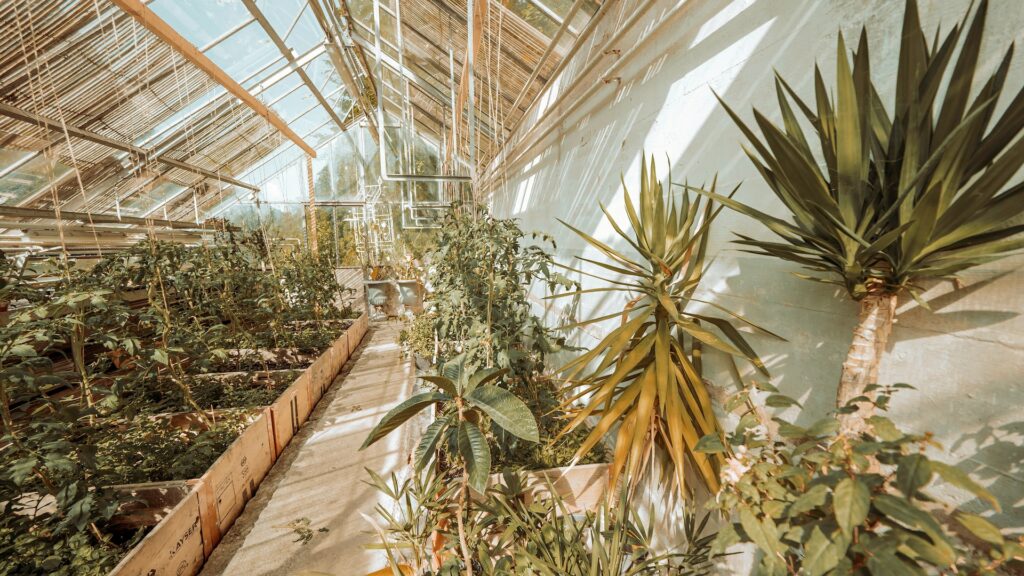Introduction:
In recent years, there has been a growing awareness about the importance of sustainable living and environmental conservation. One way individuals can contribute to this effort is by embracing organic gardening. Not only does organic gardening allow you to grow your own food, but it also eliminates the use of harmful chemicals, reduces your carbon footprint, and promotes a healthier and cleaner environment for everyone. In this comprehensive guide, we will dive into the world of organic gardening, providing you with all the knowledge and tips you need to get started on your own sustainable garden paradise.
What is Organic Gardening?
First things first, let’s understand what organic gardening entails. Organic gardening is a holistic approach to gardening that focuses on using natural methods and materials to cultivate plants, without the use of synthetic chemicals, genetically modified organisms (GMOs), or artificial fertilizers. It promotes the use of compost, organic fertilizers, and natural pest control methods, fostering a balanced ecosystem in your garden.
Benefits of Organic Gardening:
1. Healthier Food: By growing your own food organically, you ensure that you are consuming fresh produce free from harmful chemicals, pesticides, and synthetic additives.
2. Environmental Conservation: Organic gardening practices help conserve soil health, prevent water pollution, protect biodiversity, and reduce greenhouse gas emissions from chemical fertilizers and pesticides.
3. Cost Savings: Growing your own vegetables, fruits, and herbs can significantly reduce your grocery bills, saving you money in the long run.
Getting Started with Organic Gardening:
1. Selecting the Right Location: Find a well-drained area with ample sunlight for your organic garden. Consider factors like soil quality and slope before finalizing the spot.
2. Preparing the Soil: Test the soil pH and enrich it with organic matter like compost, leaf mulch, or well-rotted manure to improve fertility and moisture retention.
3. Choosing Organic Seeds and Seedlings: Look for organic-certified seeds and seedlings to ensure that they have not been treated with chemicals or genetically modified.
4. Companion Planting: Maximize garden productivity by companion planting, where compatible plants are grown together, providing mutual benefits such as pest control and improved pollination.
5. Organic Pest Control: Learn about natural pest control methods like companion planting, homemade organic sprays, and introducing beneficial insects to keep pests at bay.
6. Watering and Mulching: Water your garden wisely, avoiding overhead watering to prevent disease and conserve water. Mulching with organic materials helps retain soil moisture and suppress weeds.
7. Harvesting and Storing: Harvest your produce at the right time to enjoy the peak flavor and nutritional benefits. Proper storage techniques will help you make the most of your harvest.
Conclusion:
Now that you have a comprehensive understanding of organic gardening, it’s time to put your knowledge into action. By implementing organic gardening practices, you can not only have a bountiful garden but also contribute to a healthier planet. So, roll up your sleeves, grab your gardening tools, and join the ever-growing community of organic gardeners for a sustainable and fulfilling journey.
Remember to share your organic gardening experiences and success stories with us in the comments below!

